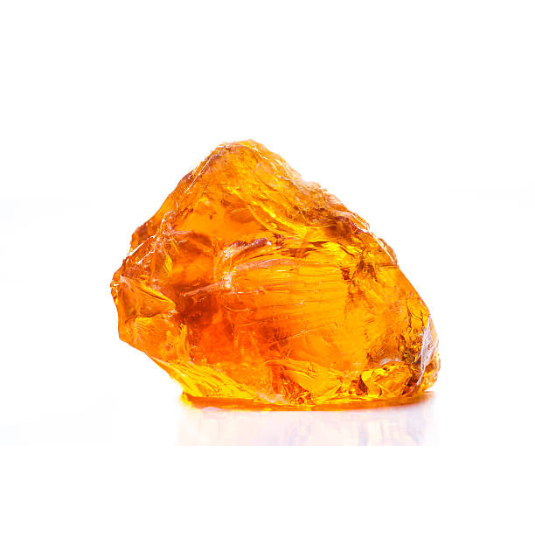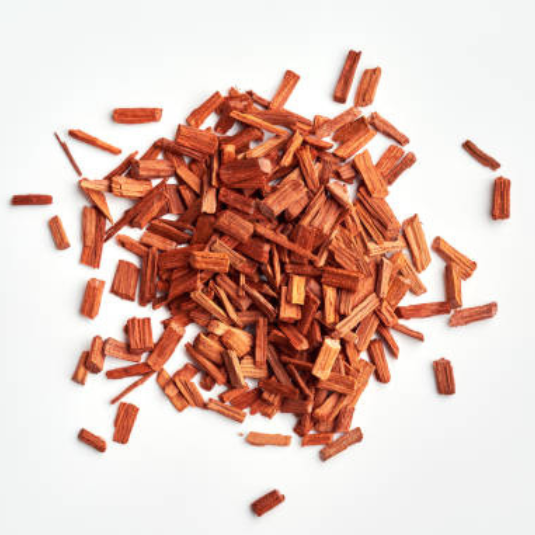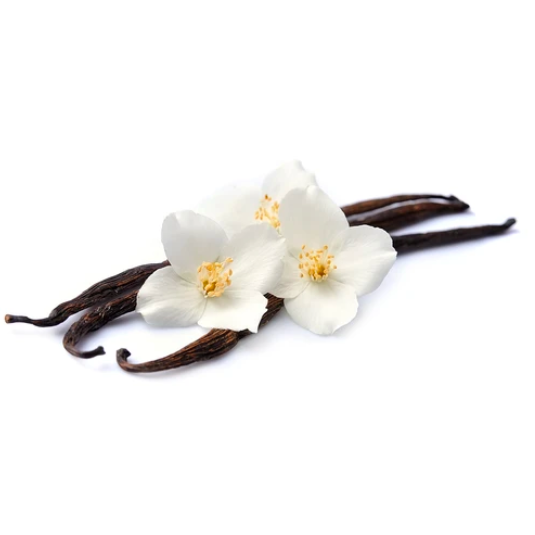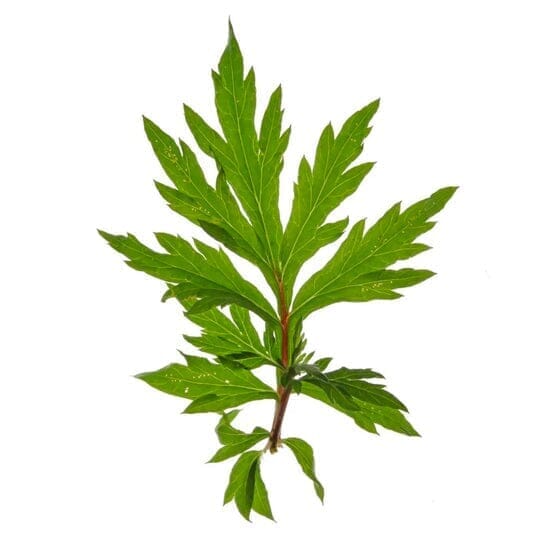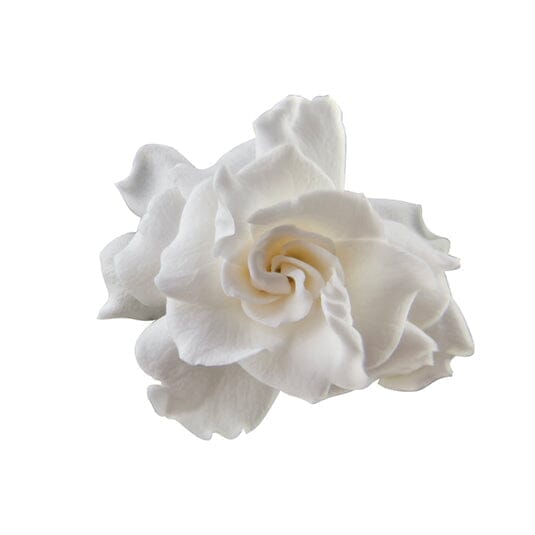What does the word "Cistus Labdanum" mean?
Cistus labdanum, also known as labdanum or vegetable ambergris, gets its name from the plant from which it is extracted, the rockrose (Cistus ladaniferus). The name "labdanum" is derived from the Latin "labdanum," which refers to the resin extracted from the plant.
The etymology of the term "cistus" dates back to the ancient Greek "kistē" meaning "box." This name was given because of the shape of the plant's capsules, which resemble small boxes.
In the beginning…
The history of cistus labdanum dates back to ancient times, when this fragrant resin was revered for its perfume and medicinal properties. Its use dates back to many civilizations, including the Egyptians, Greeks, Romans, and Arabs. The Egyptians used cistus labdanum in their religious rituals and incorporated it into perfumes and ointments. It was considered a symbol of purification and spiritual connection.
The Greeks and Romans also valued cistus labdanum for its fragrant properties. It was used in religious ceremonies, skin care, and perfumes. The Romans called it "liquid gold" because of its value and precious quality. During the medieval period, cistus labdanum was highly valued in Europe for its medicinal properties. It was used for its wound healing, antiseptic, and anti-inflammatory properties. It was also used as a fixative in perfume making. Over the centuries, cistus labdanum continued to be used in perfumery, particularly during the Renaissance and Baroque eras. Its rich, amber, resinous scent was prized for its depth and sensuality.
The cultivation of Cistus Labdanum
Cistus labdanum is primarily produced in Mediterranean regions such as Spain, Portugal, Morocco, and Greece. These regions offer an ideal climate and soil conducive to the growth of cistus ladanifer and the production of its precious resin. The regions of Andalusia and Catalonia in Spain, Alentejo and Algarve in Portugal, and the Rif and Atlas Mountains in Morocco are renowned for their cistus ladanifer plantations. These Mediterranean countries maintain sustainable practices to preserve the quality of this resin. Cistus labdanum from these regions is used in the perfume and cosmetics industries to create captivating fragrances and high-quality products.
Planting cistus labdanum requires well-drained, sunny soil. Young plants are often grown in pots or containers and then transplanted into holes slightly larger than their actual height. Regular watering and mulching help maintain adequate soil moisture. Regular pruning and the application of a balanced fertilizer are recommended to maintain the plant's shape and health. With proper care, cistus labdanum can thrive and offer its valuable aromatic resin.
The development of rockrose is a fascinating process that follows a well-defined life cycle. It begins with seed germination, which can take several weeks. Once the young plants emerge, they begin to develop vigorous green leaves. As the plant grows, it develops woody twigs and strong stems. In spring, beautiful pink or white flowers bloom, releasing a captivating fragrance. These flowers are pollinated by bees and other insects, allowing the formation of seed capsules. In summer, the capsules ripen and release the seeds, which can then be dispersed by the wind or animals. Rockrose is a resilient plant, adapted to hot, dry climates, and its growth is often supported by nutrient-poor soil.
Harvesting cistus labdanum is a delicate process in which the branches are scraped to extract the precious resin. This meticulous method, carried out by experts, ensures the quality of the resin while preserving the plant. This contributes to the sustainability of this essential raw material for perfumery and cosmetics.
What did you know about Cistus Labdanum in perfumery?
The processing and transformation of cistus labdanum are crucial steps in obtaining the precious resin used in the perfume and cosmetics industries. Once harvested, the raw resin undergoes several processes. First, it is sorted and cleaned to remove impurities and unwanted particles. Next, the resin is often dried to reduce moisture and improve its preservation. This drying can be done in the open air or in special temperature-controlled facilities. Once dry, the resin is usually heated slightly to make it more malleable. This facilitates its shaping and subsequent use. Finally, the resin is often transformed into various products, such as absolutes, resinoids, or extracts, which are used as valuable ingredients in the creation of perfumes and cosmetics. This treatment and transformation process is essential to obtain a quality resin, with its distinctive aromas and beneficial properties.
Cistus labdanum offers a rich and complex olfactory profile that earns it a prominent place in the perfume industry. It can be associated with the oriental, amber, and balsamic olfactory families. Its fragrance is sensual and deeply captivating. At first, warm, resinous, and amber notes are perceived, reminiscent of smoky and leathery accords. Woody and balsamic nuances blend harmoniously, adding a touch of sophistication. Soft and sweet facets also emerge, evoking accords of vanilla and honey. Cistus labdanum exudes a mysterious and captivating aura, capable of creating olfactory compositions that are simultaneously warm, oriental, and captivating. Its powerful and persistent scent makes it a precious ingredient for adding depth and complexity to perfumes and cosmetics. The olfactory profile of cistus labdanum is a true olfactory treasure that charms the senses and stimulates the imagination.
Cistus labdanum is a prized ingredient in perfumery, blending harmoniously with various olfactory notes. It brings warmth and depth to woody accords such as cedar and patchouli, and creates sensual accords with oriental notes like vanilla and incense. When combined with floral or citrus notes, it adds richness and complexity, allowing perfumers to create captivating compositions where each note intertwines to form a unique aromatic symphony.
GOOD TO KNOW!
Cistus labdanum is renowned for its many health and wellness benefits. Cistus labdanum essential oil is often used in aromatherapy for its antiseptic and anti-inflammatory properties, helping to treat skin conditions such as acne, scars, and irritations. Thanks to its astringent properties (the ability to tighten tissue), it can help tone and firm the skin, reducing the appearance of fine lines and wrinkles. Cistus labdanum is also valued for its calming and relaxing effects, which can relieve stress and anxiety and promote relaxation.
Some legendary perfumes with Cistus Labdanum
A number of well-known perfumes contain cistus labdanum in their ingredients. Here is a non-exhaustive list of cistus labdanum perfumes:
• Habanita by Molinard is an iconic fragrance that embodies timeless elegance and retro charm. Notes of vanilla, amber, and orange blossom blend harmoniously, creating a sensual and captivating fragrance. This scent, imbued with mystery and sophistication, evokes a bygone era, while remaining undeniably modern.
• Labdanum 18 by Le Labo is a captivating fragrance that highlights the richness and sensuality of labdanum, a precious resin. The warm, amber accords of labdanum blend harmoniously with notes of vanilla and musk, creating an addictive and captivating fragrance. This fragrance offers a sophisticated and seductive olfactory experience, ideal for those seeking a unique fragrance signature.
• De Los Santos by Byredo is a vibrant and exotic fragrance that captures the sunny spirit of the tropics. Notes of neroli, orange blossom, and jasmine intertwine to create a delicate and intoxicating floral composition. This fragrance evokes a sunny atmosphere, reminiscent of warm days and exotic evenings, offering a joyful and enchanting olfactory experience.




